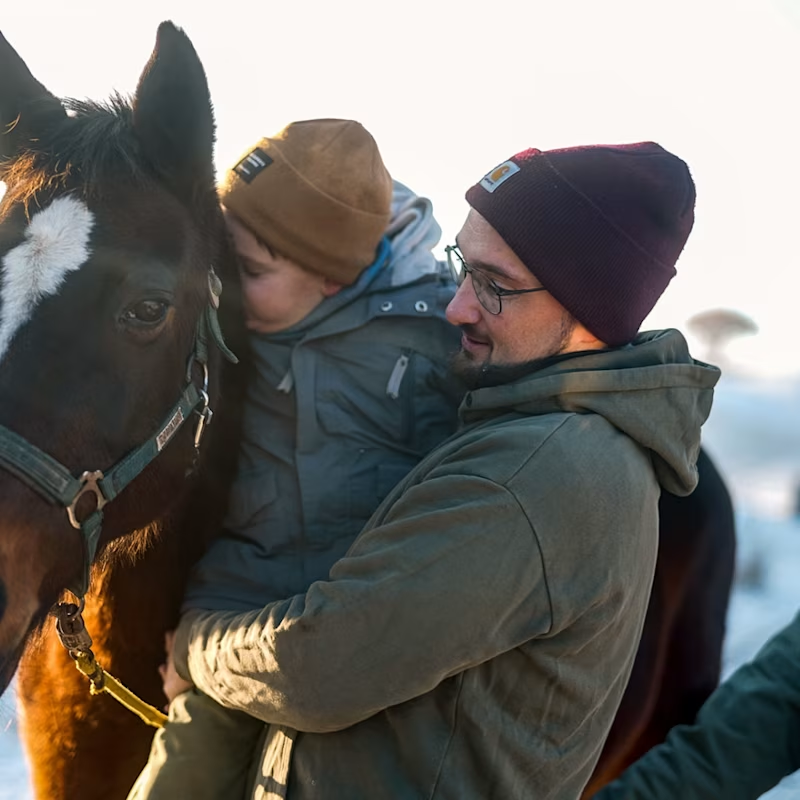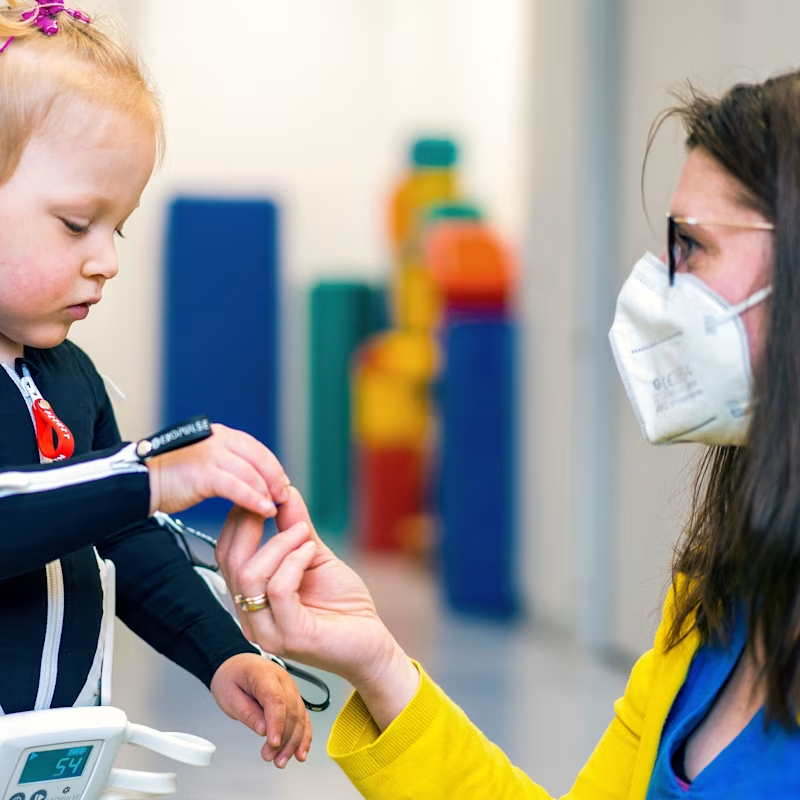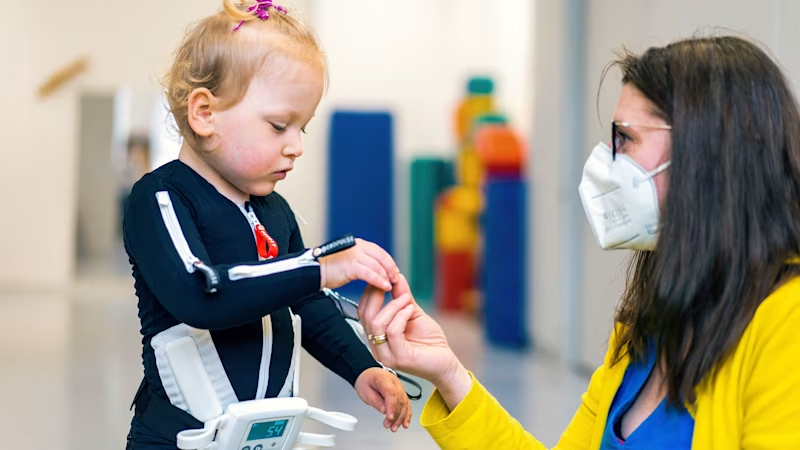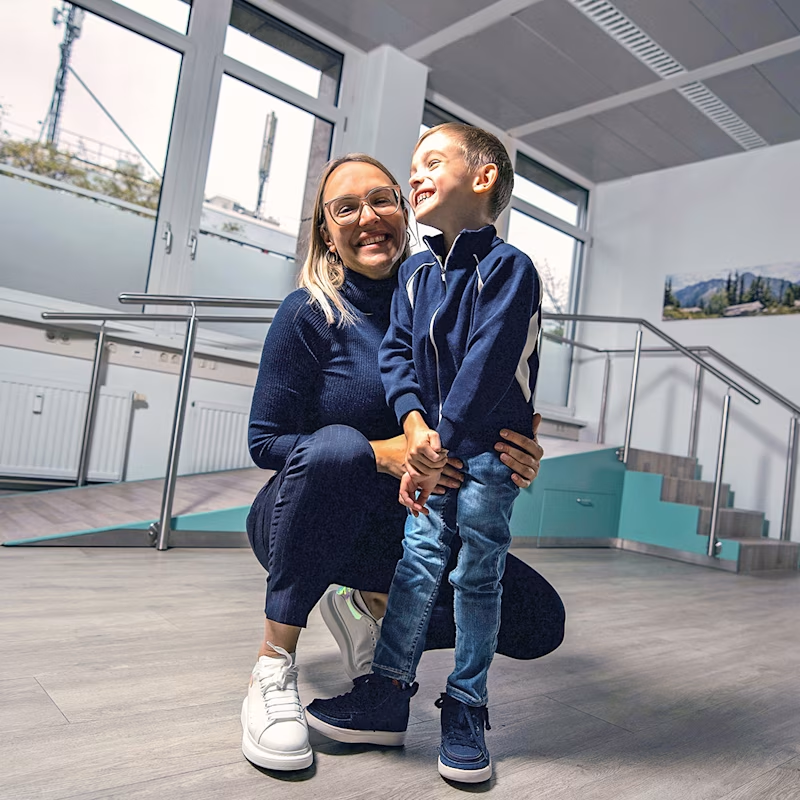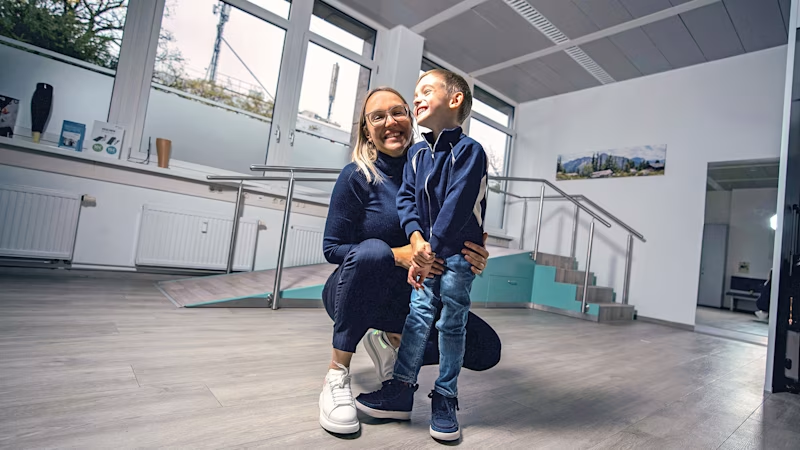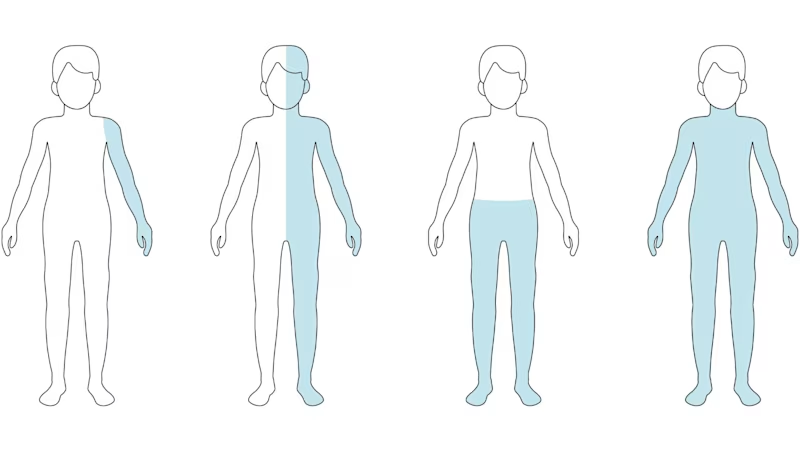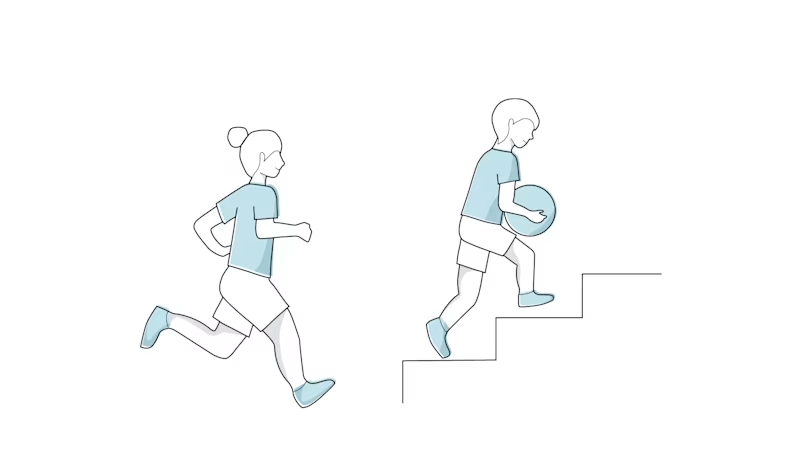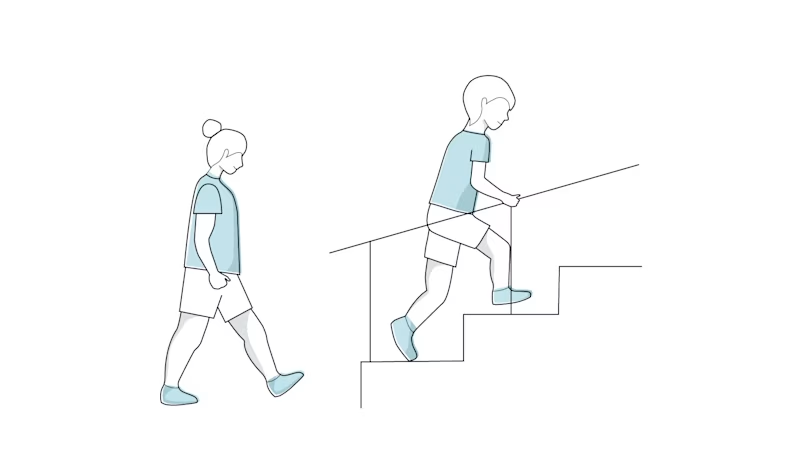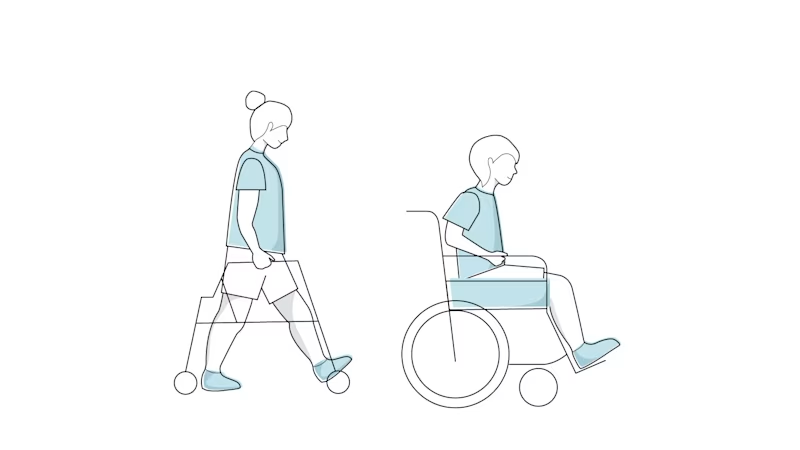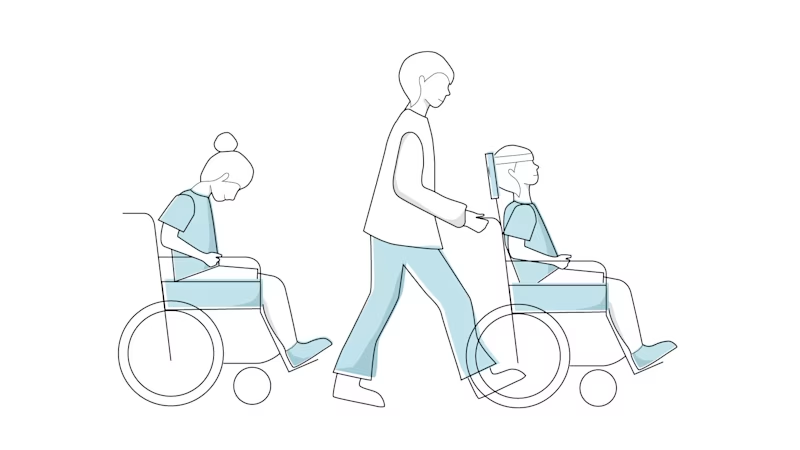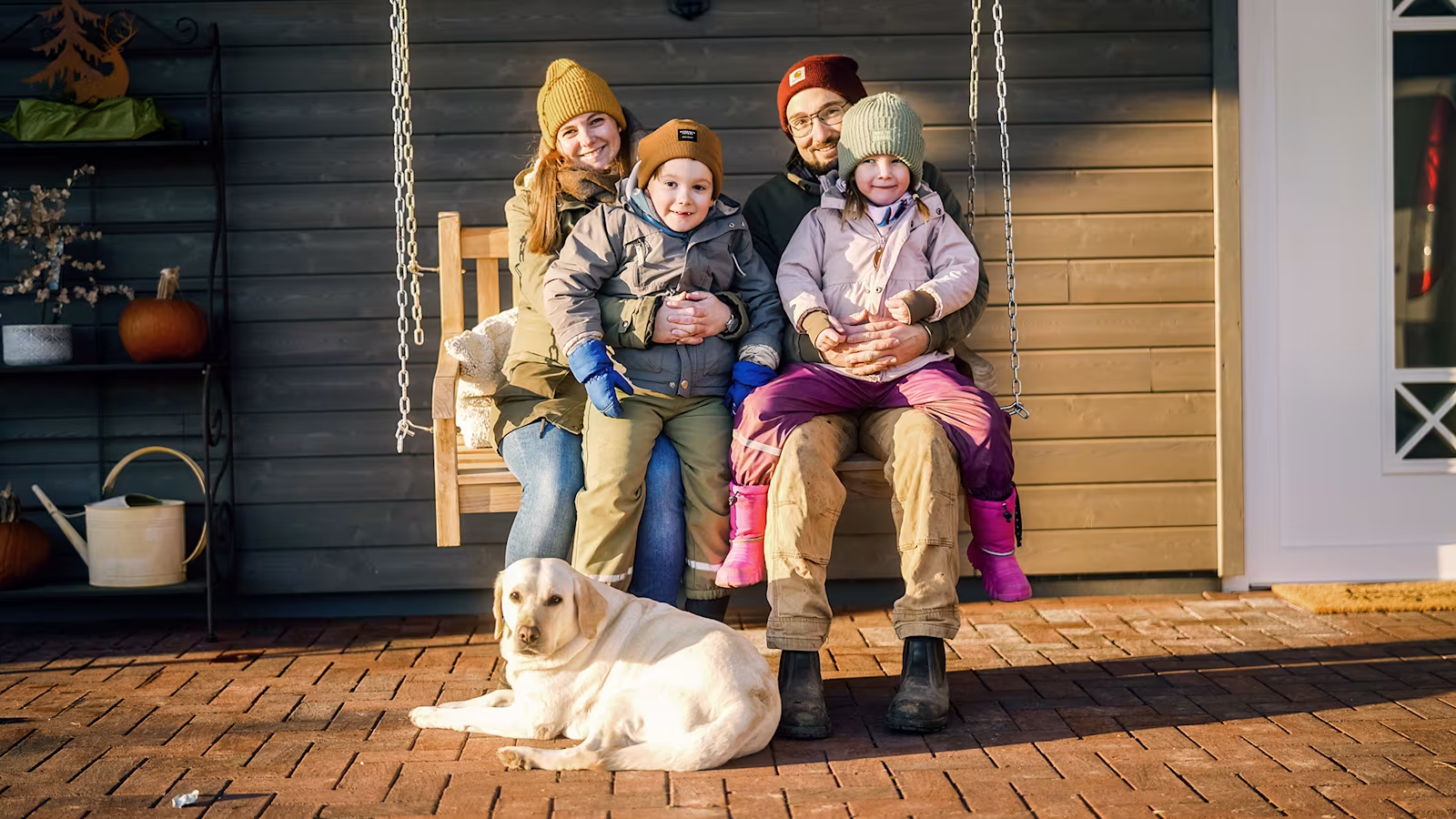
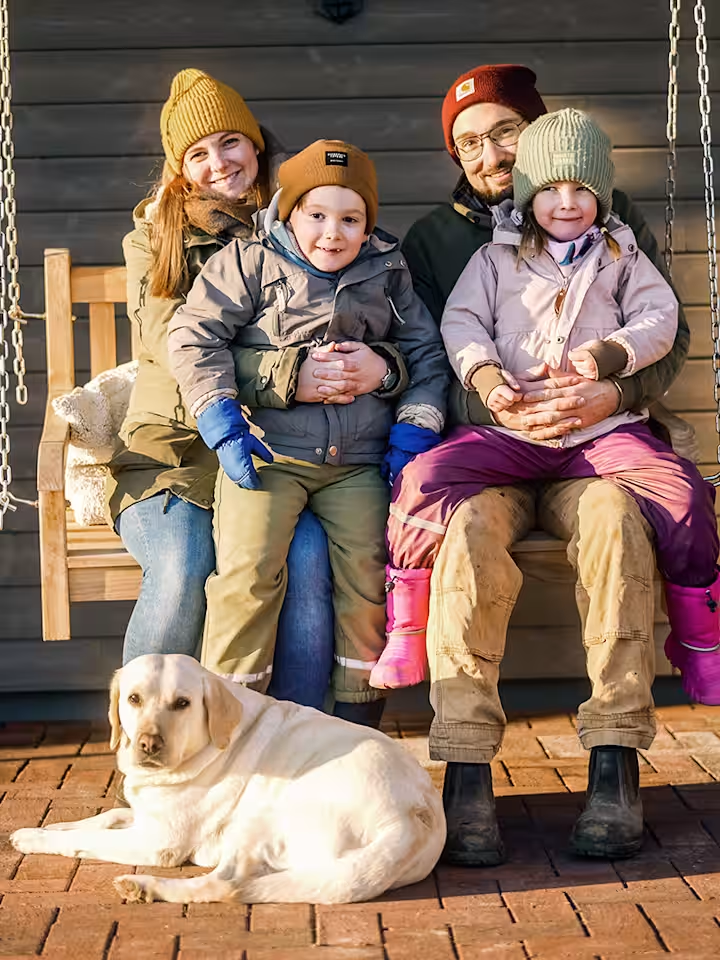
Cerebrale parese: Wat kan je verwachten
Het leven met cerebrale parese
Wat exact is cerebrale parese?
Cerebrale parese, hersenverlamming, diplegia spastica infantilis of kortweg CP is een hersenletsel dat op jonge leeftijd rond de geboorte ontstaat en is bij kinderen de meest voorkomende oorzaak van bewegingsstoornissen. Cerebrale parese tast vooral de mobiliteit aan, afhankelijk van de plaats van het letsel. Als lopen of andere bewegingen moeizaam gaan, beïnvloed dit het dagelijks leven binnen je gezin. Het is daarom belangrijk om die motorische ontwikkeling zo vroeg mogelijk te ondersteunen met passende hulpmiddelen en samen het dagelijks leven met CP onder de knie te krijgen.
Lees hier hoe cerebrale parese uw kind kan beïnvloeden en hoe u de bewegingen van uw kind gericht kunt ondersteunen.
De diagnose was een schok. Maar we besloten snel om er het beste van te maken. We willen dat Justus de beste steun krijgt en een gelukkig leven leidt.
Nicola, Justus' moeder

How to manage cerebral palsy as a family
To many parents, the diagnosis of cerebral palsy in their child is initially a shock. Worries and questions about their future then often dominate thoughts: What effects will cerebral palsy have on the physical and mental development of my child? What can we do for our child to live an active and independent life? How will our family life change as a result?
After the initial diagnosis, it will become clear that there are many ways to support the development of a child with cerebral palsy. To support the development of your child in the best possible way, you as the family will usually receive expert support. Specialists from various fields work together to create a therapy plan to treat both existing and possibly developing restrictions of movement. To achieve this, therapies such as movement therapies or neuromobility aids are available.
Wat zijn de oorzaken van cerebrale parese?
Het blijft moeilijk voor artsen om de exacte oorzaak te achterhalen. Het is zelfs vaak niet mogelijk om de oorzaak of risicofactoren van het vroege hersenletsel vast te stellen. Artsen onderzoeken ook of meerdere factoren betrokken kunnen zijn bij het ontstaan van cerebrale parese.
Het is moeilijk vast te stellen, maar dit is wat we wél weten:
The known causes of cerebral palsy in children are very diverse. Doctors usually classify the causes according to the time at which children acquire the brain injury:
More than 50 percent are affected before birth (prenatal) or during pregnancy as a result of infection or lack of oxygen, for example when a blood clot (thrombosis) forms in a blood vessel in the brain and obstructs blood flow.
During birth (perinatal): From lack of oxygen at birth, for example.
Less commonly after birth (postnatal) as a result of infection such as meningitis or kernicterus, or overlooked rhesus incompatibility.

Artsen vinden steeds vaker genetische oorzaken van cerebrale parese en spreken van "de-novo" mutaties. Dit zijn chromosoomafwijkingen die kunnen worden overgeërfd, waardoor broers en zussen vaak een verhoogd risico op CP hebben. Daarnaast zijn er een aantal andere factoren die het risico op cerebrale parese bij kinderen kunnen verhogen. Enkele van deze factoren zijn:
Meervoudige zwangerschappen
Maternale obesitas tijdens de zwangerschap
Infectieziekten zoals toxoplasmose of rode hond, of ziekten veroorzaakt door cytomegalovirus of herpes simplex virus voor of na de geboorte.
Andere oorzaken van hersenverlamming zijn:
Vroeggeboorte: Kinderen die vóór 28 weken worden geboren, hebben een verhoogde kans op CP
Complicaties bij de geboorte
Het geboortegewicht dat te hoog of te laag is
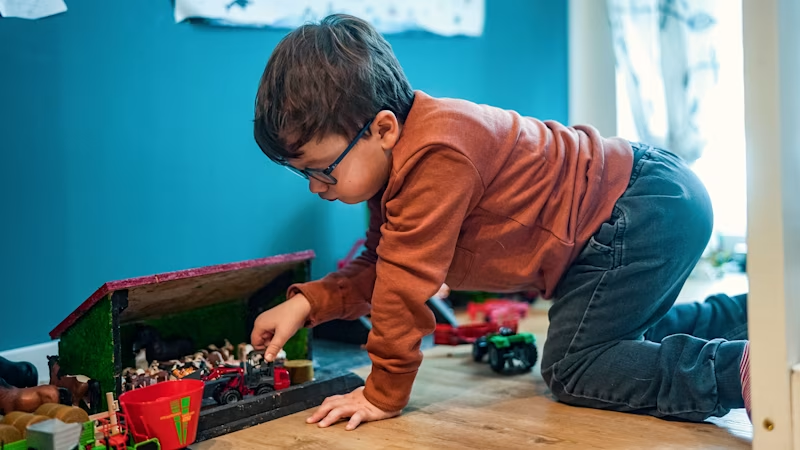
Find products that can support your child's mobility
Hoe beïnvloedt cerebrale parese de ontwikkeling van mijn kind?
Bij kinderen tast cerebrale parese meestal de motoriek of mobiliteit aan. Daarnaast zijn er andere begeleidende symptomen zoals pijn of cognitieve stoornissen; sommige kinderen kunnen moeite hebben met praten of lachen. De symptomen hangen af van het specifieke gebied van de hersenen dat is aangetast, dus niet elk kind zal dezelfde symptomen ervaren en in dezelfde ernst.
De volgende tekenen van cerebrale parese komen alleen of in combinatie voor:
Based on the individual symptoms, doctors can distinguish between different types or classifications of cerebral palsy. The following overview shows the form of cerebral palsy behind the medical terms:
Elke broer of zus heeft Justus gesteund in zijn vooruitgang. Hij is onafhankelijker geworden en heeft nieuwe dingen geleerd die hij in zijn eentje niet zou hebben meegemaakt.
Nicola, Justus' moeder

Living as a family with cerebral palsy
Verbeteren van de mobiliteit van kinderen met cerebrale parese
In de eerste plaats hangt de behandeling van cerebrale parese af van het soort symptomen en hoe deze het dagelijks leven beïnvloeden. Het doel van de therapie is het verbeteren van de motorische vaardigheden en de cognitieve ontwikkeling van uw kind. Het doel is ervoor te zorgen dat uw kind rechtop staat, zodat zijn of haar verdere ontwikkeling kan worden bevorderd. Daarnaast wordt tijdens regelmatige afspraken bijgehouden hoe mobiel uw kind is en hoe het zich ontwikkelt om de zelfstandigheid zo goed mogelijk te ondersteunen. Preventieve maatregelen spelen ook een belangrijke rol om verkorting van spieren, banden of pezen en contracturen te voorkomen, evenals verkeerde standen.
Voor bewegingstherapie wordt uw kind voornamelijk verzorgd door fysiotherapeuten en ergotherapeuten. Ook logopedisten en orthopedisten maken deel uit van het behandelteam om ondersteuning te bieden.
Once Justus was wearing the Exopulse Mollii Suit, his dexterity improved. It became much easier for him to use his fork.
Nicola, Justus‘ mother
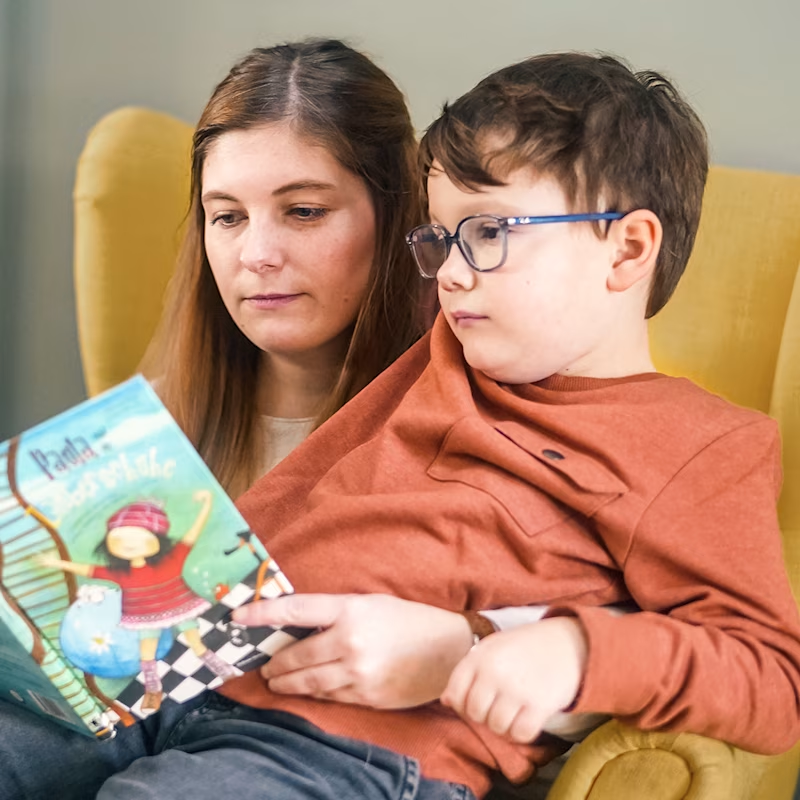
What does cerebral palsy mean for your child's future mobility?
Many parents of children with cerebral palsy are uncertain about their child's future. Questions about how the physical impairments will affect development and therefore the prospect of an independent and active life are often the primary focus.
Although cerebral palsy cannot be cured and remains permanent, maintaining and improving mobility are the goals of treatment. Specific support can often improve mobility up to the age of seven. More than half of the children with cerebral palsy are able to walk independently.
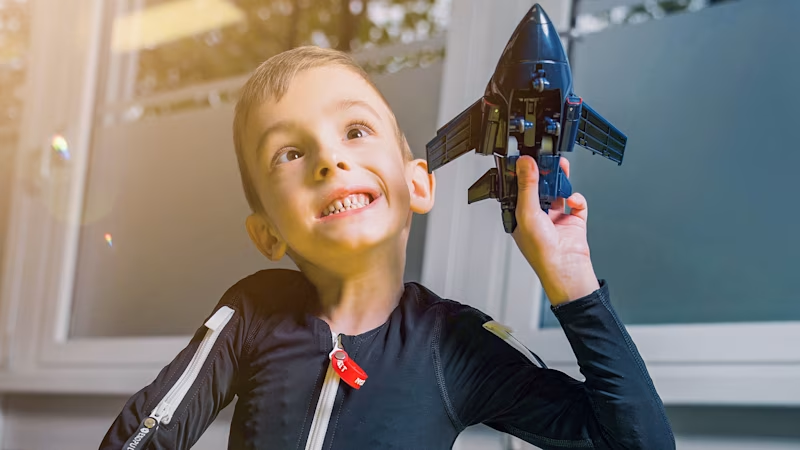
Your child’s independence
In addition, the clinical presentation of cerebral palsy varies widely depending on the extent of the injury to your child’s brain. As a result, some children are only very slightly limited, and an independent life on their own is indeed possible. If cerebral palsy is severe, it is possible that those affected will be dependent on support for the rest of their lives; however, even in this case, there are many possibilities and mobility aids to promote and shape your child’s independence and participation.
If no other serious accompanying diseases occur, cerebral palsy does not affect life expectancy.

Where can parents of children with cerebral palsy find support?
Your pediatrician is your first point of contact, and later usually orthotists and caregivers from the fields of physiotherapy, occupational therapy and speech therapy are also at your side if you need advice.
In addition to discussing cerebral palsy within your own family and circle of friends, networking with other parents in a similar situation can be helpful. Here you can exchange experiences about your baby or child with cerebral palsy and discuss certain therapies.

